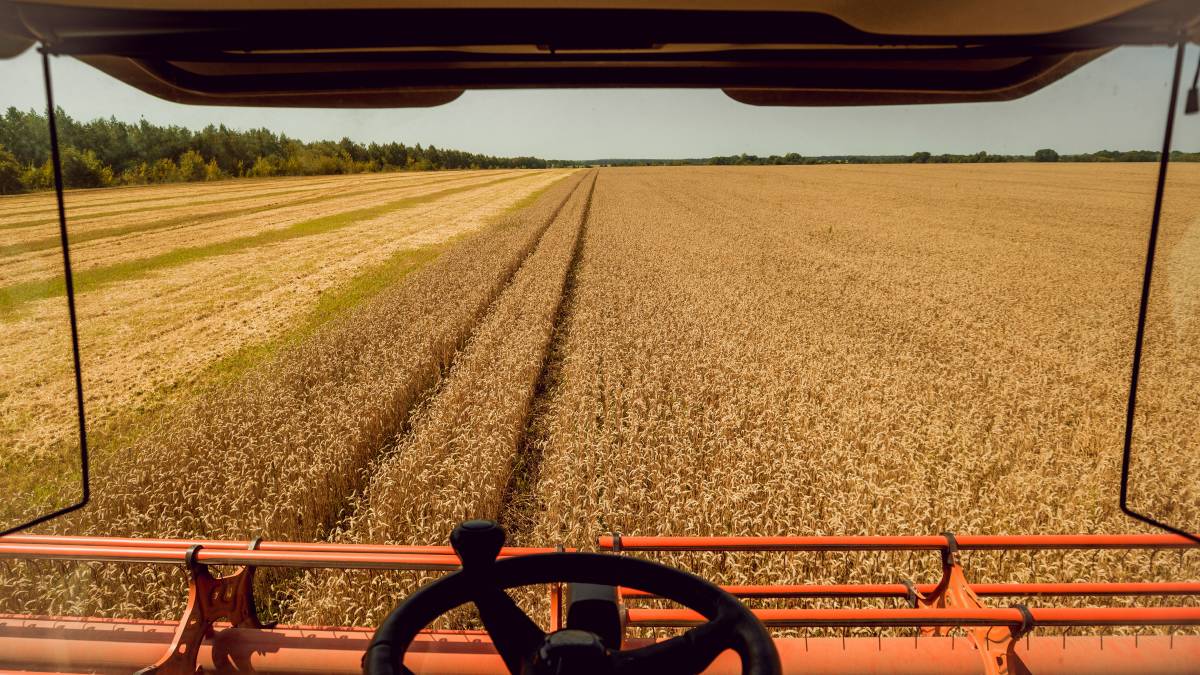
High prices, good seasons will fade so think longer term, ABARES Outlook
The good seasons and red hot global prices that have come together to make these times among the most prosperous for much of Australian agriculture won’t last long.
It will be the push for productivity growth in the face of a changing climate, the ability to meet sustainability expectations on a competitive footing and ongoing market access gains that provide spoils going forward.
This was a key message to come out of the big annual conference Outlook, run by the Australian Bureau of Agricultural and Resource Economics and Sciences, at opening sessions today.
ABARES executive director Jared Greenville said two remarkable events were occurring in the world of Australian agriculture.
“Improved seasonal conditions have unleashed years of underlying productivity growth giving us record production levels,” he said.
Past investments in research and development, and the opening up of international bilateral agreements, were now providing tangible benefits.
The second remarkable event is that the price received for Australia’s bundle of production goods has reached a 30-year high.
“When we last had these type of international prices, production was hamstrung by a more interventionist approach to agriculture policy,” Dr Greenville said.
And while government economists are forecasting the good times to keep rolling for at least another year, Dr Greenville argued there were longer-term opportunities for a sector on the front foot that leans into some of the expectations growing around sustainability.
“We’ve seen a shift in the willingness to pay for sustainability by both governments and consumers globally,” he said.
“There is an increasing recognition that farming and land management also involves land biodiversity stewardship with new markets being created to establish these attributes as ag outputs in their own right.
“This also extends to carbon markets offering new ways to diversify farm incomes.”
ABARES has forecast a threefold increase in the number of consumers in high income countries between now and 2050.
“That is around three billion more high-income consumers who will demand products we produce and have rising expectations around sustainability,” Dr Greenville said.
“Take Indonesia, for example – both demand for products we produce, and imports, are expected to increase significantly between now and 2050.
“This type of growth represents a real opportunity for Australian producers.
“We know challenging seasons will return and there will be future disruptions in international supply chains, issues with market access, labour constraints and other factors we will have to deal with. It will be important to invest in things that make us resilient.”
Market access
Farming export fortunes hinged on opening new market access opportunities that provide ‘flexibility and options when disruptions occur’ and allow producers to take advantage of shifts in consumer demands, Dr Greenville said.
“To remain on the front foot, addressing non-tariff measures, developing biosecurity protocols and helping break down global levels of trade and production-distorting support will be important,” he said.
Market access should also have an eye to imports.
“We need to be able to import to export competitively,” Dr Greenville said.
“It will be important to avoid shortsighted responses that seek to protect domestic industries from international competition – such policies have held the sector back in the past.”
There was a pressing need to be competitive on sustainability access. This would be a new area of focus and likely a key feature of international markets.
“At the moment, Australia trades on a clean and green image but expectations are increasing, and we are one of multiple suppliers who can deliver this,” Dr Greenville said.
“Australia’s emissions intensity in beef and wheat, our two biggest exports, sit around the middle of the pack.
“That’s a good starting position but it remains unclear what rules will be around emissions.”